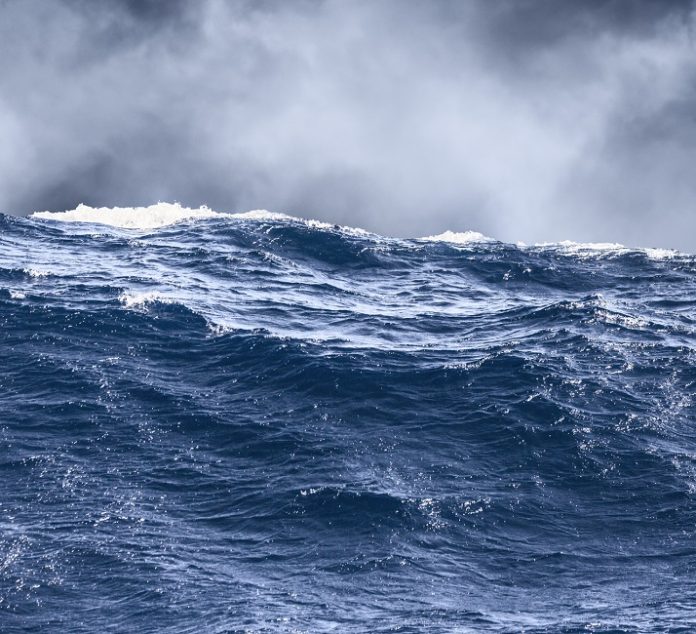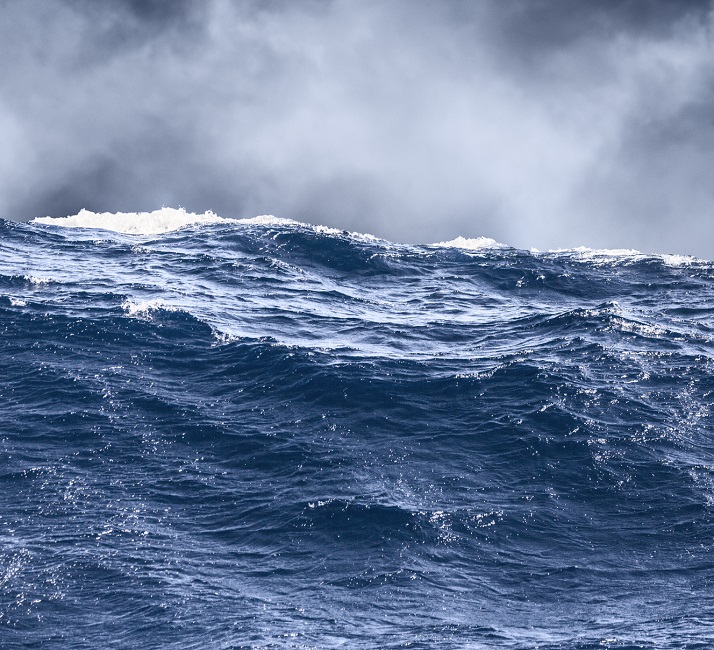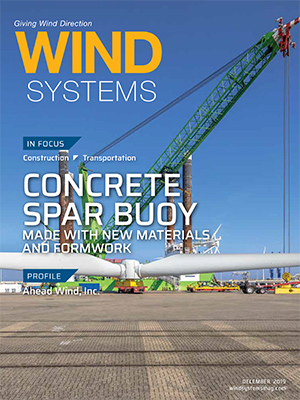

U.S. group Principle Power recently announced it would lead a consortium of public and private groups to develop the world’s first digital twin software for floating offshore wind applications.
Backed by $3.6 million of funding from the U.S. Department of Energy, the “DigiFloat” project will provide a real-time, high-fidelity numerical model of the 25 MW WindFloat Atlantic (WFA) project being installed off the coast of Portugal.
The WFA project consists of three 8 MW MHI Vestas offshore wind turbines, the largest ever used for a floating wind farm, attached to Principle Power’s semi-submersible floating wind base.
The digital twin software will be developed in 2020 and validated by the first quarter of 2021. Following a retrofit of a WFA hull in summer 2021, the software will be operational at the facility by the first quarter of 2022.
DigiFloat was among 13 floating wind research projects allocated a total of $28 million under the DOE’s Atlantis funding program.
Onshore and offshore wind developers are increasingly turning to digital solutions to improve design and operational efficiency.
Floating wind developers are targeting the deep-water offshore wind market, estimated to host 80 percent of offshore wind resource, equivalent to 4 TW of capacity. Floating wind groups must tackle the additional environmental challenges of open sea areas while also maximizing economies of series and operational savings.
The DigiFloat project will provide a design feedback loop on a real-world project, helping to improve design efficiency and durability of the Principle Power technology, Sam Kanner, R&D lead at Principle Power and principal investigator of the project, told New Energy Update.
“We will install instrumentation in key hotspot areas to measure the structural response of the floating platform. By using these data in our high-fidelity digital twin model, we can generate a real-time estimate of the wear on the structure,” Kanner said.
The digital twin will also alert the operator to issues and support preventative maintenance actions to reduce downtimes, he said.
MORE INFO analysis.newenergyupdate.com






























